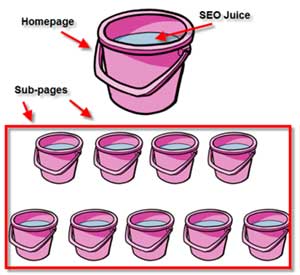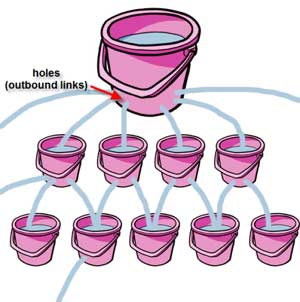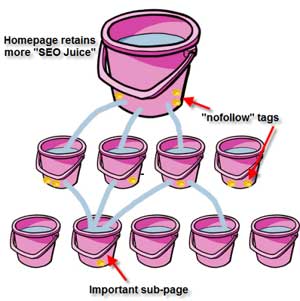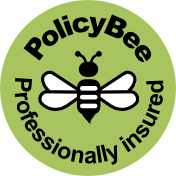Flash! and their site was gone!
Further to my earlier post on not using frames, a company of my acquaintance had a nicely search engine optimised site.
It then seems that someone offered to update their site with a new, experimental, ‘jazzy and upbeat’ look. As this was for free they accepted and the new ‘designer’ immediately dumped the existing site and replaced it with their new front-end which basically was a ‘new site coming soon’ and a contact page. They then did not complete the new site but left it unfinished for 4 months.
To compound this mistake the new ‘designer’ used Flash/Shockwave to build the entire new site and provided no words that a search engine could find.
Result, it is now almost impossible to find this company on Google even if you know the company’s name! Total wipe-out!
I don’t know how many times companies are taken in by graphics artists proclaiming to be web designers and the said artist has not a clue as to how the web search engines work.
Established well-known companies can use Flash and Shockwave because they are household names and can afford the best programmers and designers who know how to optimise even a Flash site for SEO. These companies can be found by their trading name, Rolls Royce, Amazon, Ford etc. and not by searching for some product such as ‘luxury car’.
Unfortunately smaller companies need effective search engine optimised sites so they can be found ahead of their competitors for their keywords.
Using Flash and Shockwave for site design provides a desert for search engine bots and I really recommend you do not use them for site design unless you are a household name.
And as postscript, Apple iPhones and iPads do not support Flash driven sitres – so why alienate a significant section of the market!






